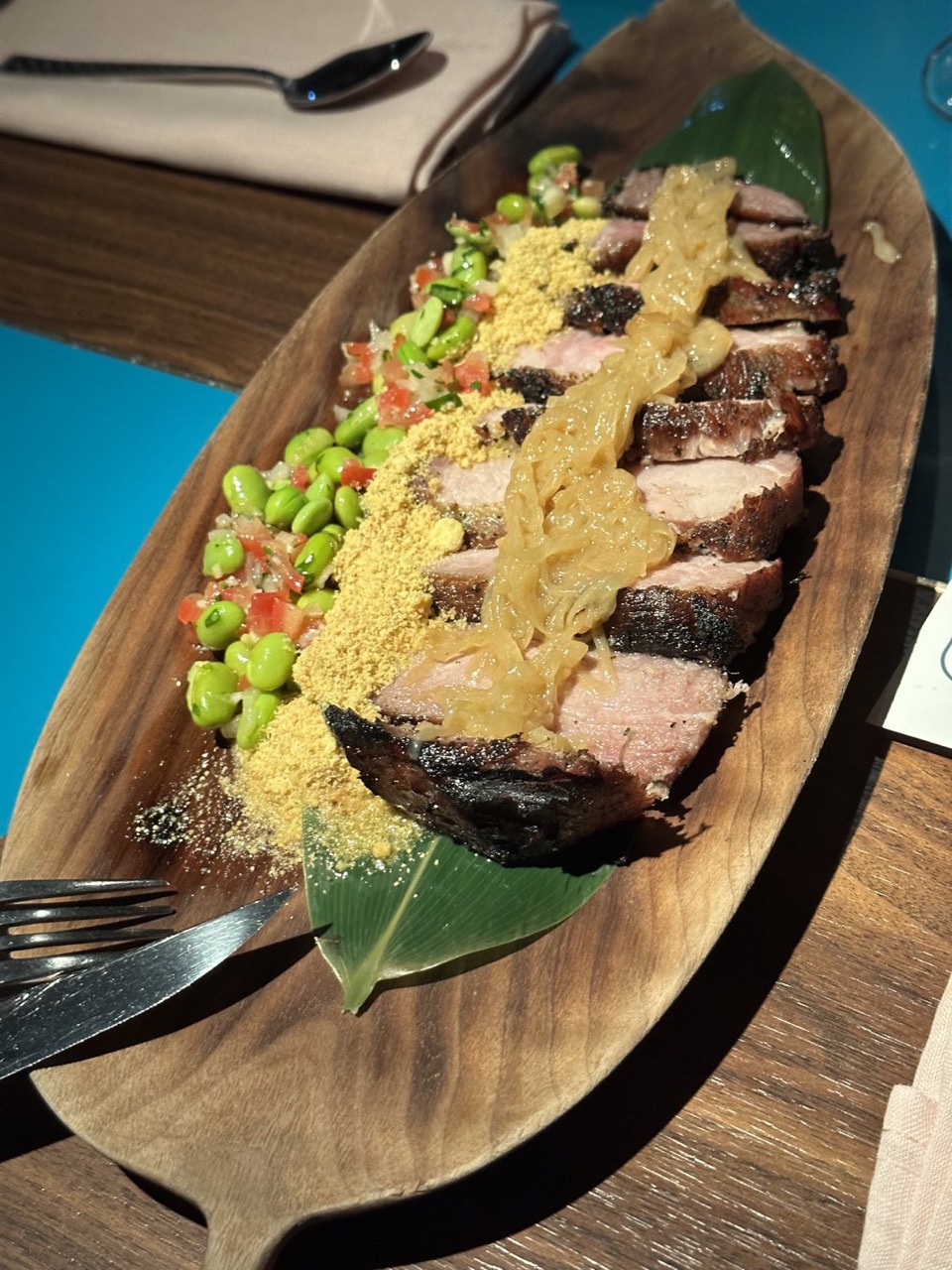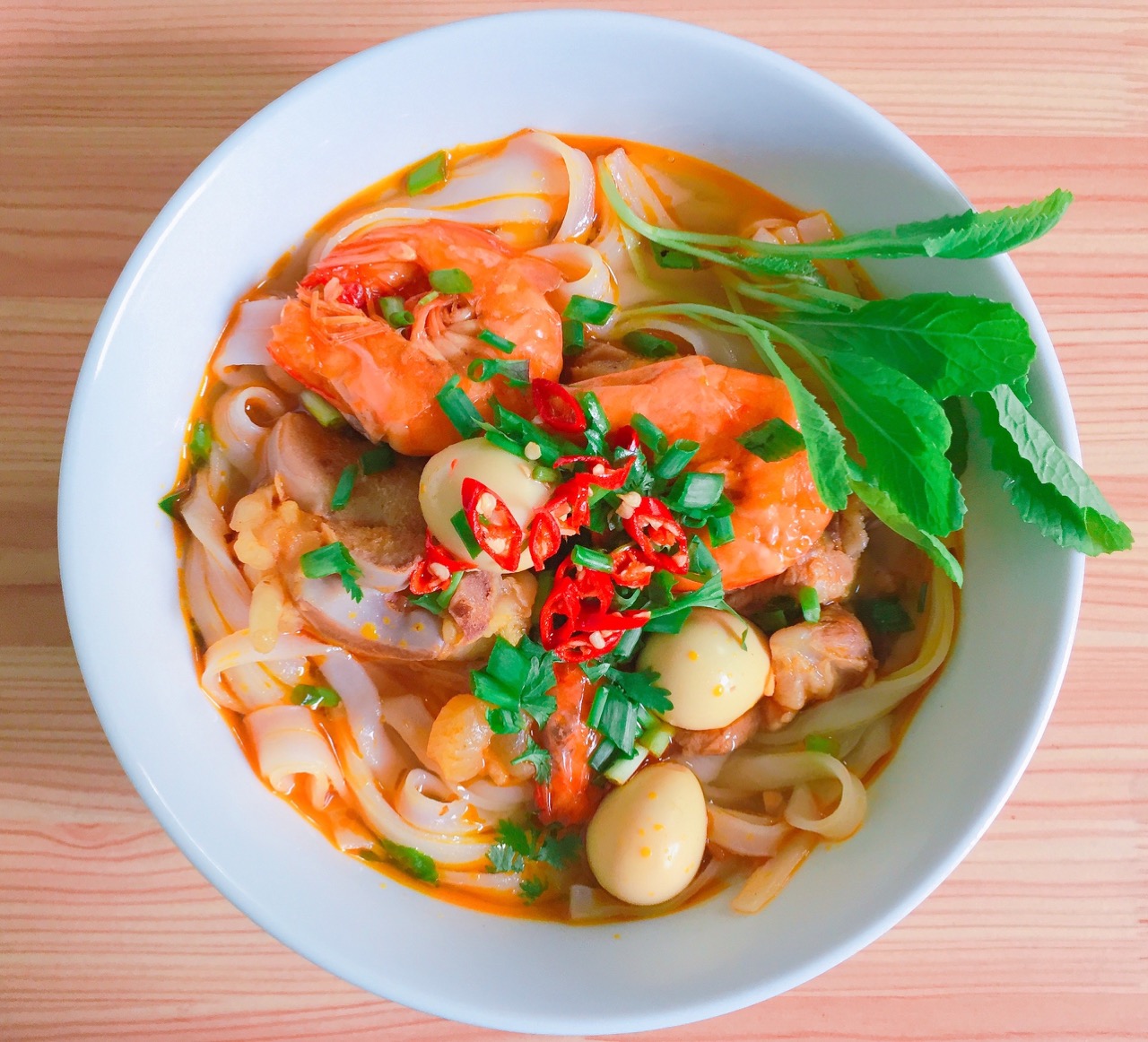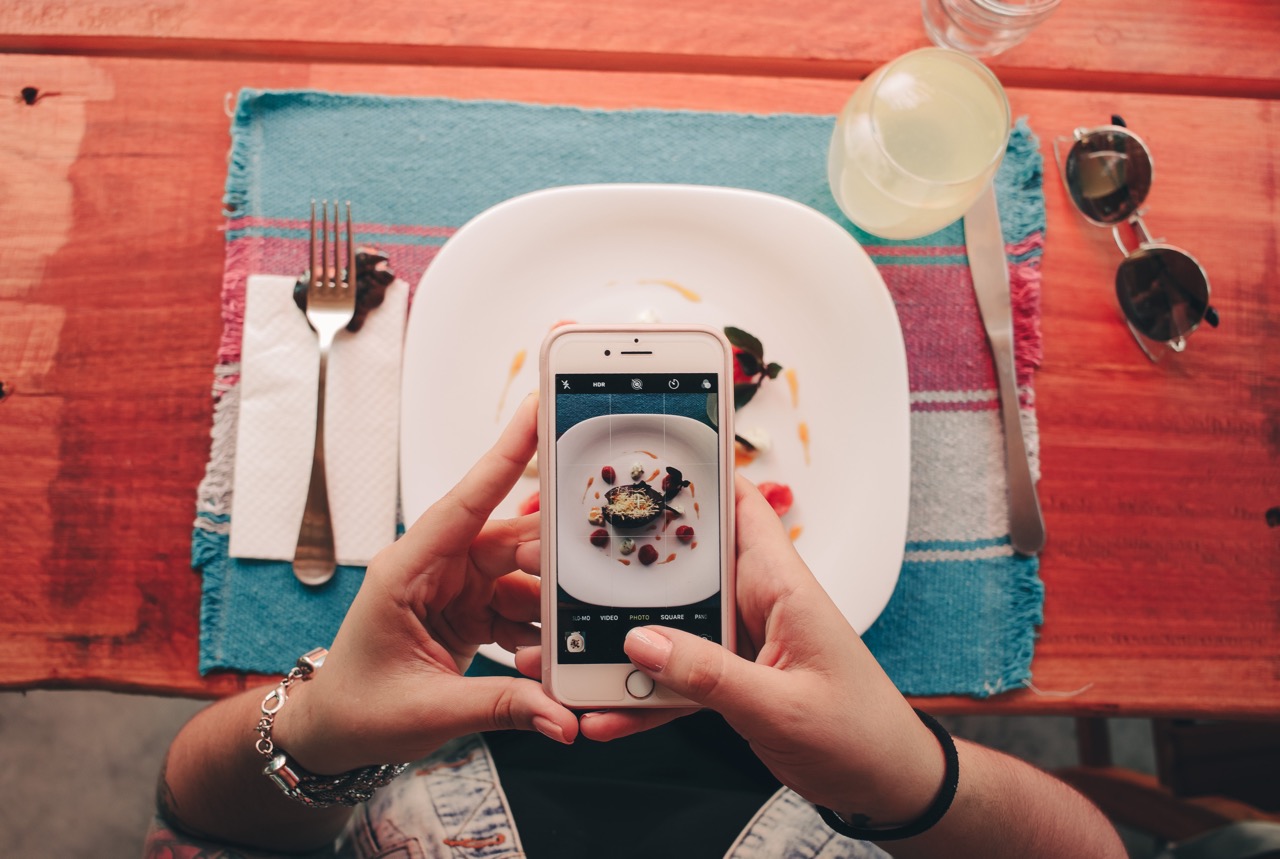Foodies are individuals who have a passion for food and enjoy exploring new flavors, ingredients, and cooking methods. When it comes to choosing foods for food photography, foodies may have a slightly different approach than others.
Food photography has become increasingly popular, thanks to the rise of food bloggers, social media influencers, and foodies around the world. Foodie style photography is all about capturing the beauty and deliciousness of the food, making it look as tempting as possible.
Choose the right food
Seasonality: Foodies often prefer to use seasonal and locally sourced ingredients when cooking and photographing food. This not only ensures that the ingredients are fresh and flavorful but also supports local farmers and producers.
Unique ingredients: Foodies enjoy experimenting with unique and exotic ingredients that can add flavor and visual interest to their dishes. They may choose ingredients that are not commonly used in traditional recipes, such as edible flowers, artisanal cheeses, or specialty spices.

Presentation: Foodies take great care in presenting their dishes in an aesthetically pleasing way. They may consider the color, texture, and shape of each ingredient and how they can be arranged on the plate to create a visually appealing composition.
Flavor: Foodies are always looking for new and exciting flavors to incorporate into their dishes. They may choose ingredients that have bold and distinct flavors, such as spicy peppers, tangy citrus, or umami-rich mushrooms.
Cultural significance: Foodies may be interested in exploring the cultural significance of different dishes and ingredients. They may choose to photograph foods that are traditional to a certain culture or region, highlighting the unique flavors and techniques used in that cuisine.
Techniques
Light it up: Good lighting is essential for food photography. Natural light is usually the best option, so try to take your photos near a window or outside during daylight hours. Avoid harsh overhead lights and use a diffused light source instead. You can use a white foam board or a reflector to bounce light onto the food and create a more even illumination.
Set the scene: Choose a simple and neutral background that won’t distract from the food. You can use a plain white plate or a wooden cutting board as a backdrop. Consider adding some props, such as a fork, a napkin, or a glass of wine, to create a more inviting image. Keep in mind that less is often more, so don’t overcrowd the image with too many elements.

Compose the shot: Consider the placement of the food on the plate and the angle of the shot. Try to create visual interest by using the rule of thirds, balancing different colors and textures, and adding garnishes or props. Use different angles to create depth and dimension, such as shooting from above, from the side, or at a slight angle. Experiment with different compositions and find the one that best showcases the food.
Focus on the food: Make sure the food is in focus and use a shallow depth of field to blur the background and create a more dynamic image. The most important element of food photography is the food itself, so make sure it’s the star of the show. Use a macro lens or a zoom lens to get up close and personal with the food and capture its details and textures.
Edit the image: After taking the photo, you can use photo editing software to adjust the brightness, contrast, and color balance to make the food look even more appetizing. However, be careful not to overdo it, as too much editing can make the image look unnatural and unappealing.

- Foodie-style photography is all about creativity and experimentation. Don’t be afraid to try new angles, lighting, or compositions. The more you practice, the more you’ll develop your own unique style and create stunning images that will make your viewers crave the food.
Overall
In conclusion, food photography is a fun and rewarding way to capture the beauty and deliciousness of food. With these tips and techniques, you can take mouth-watering photos that will make your viewers hungry and inspire them to try the recipe. So grab your camera, and your favorite dish, and start shooting!
